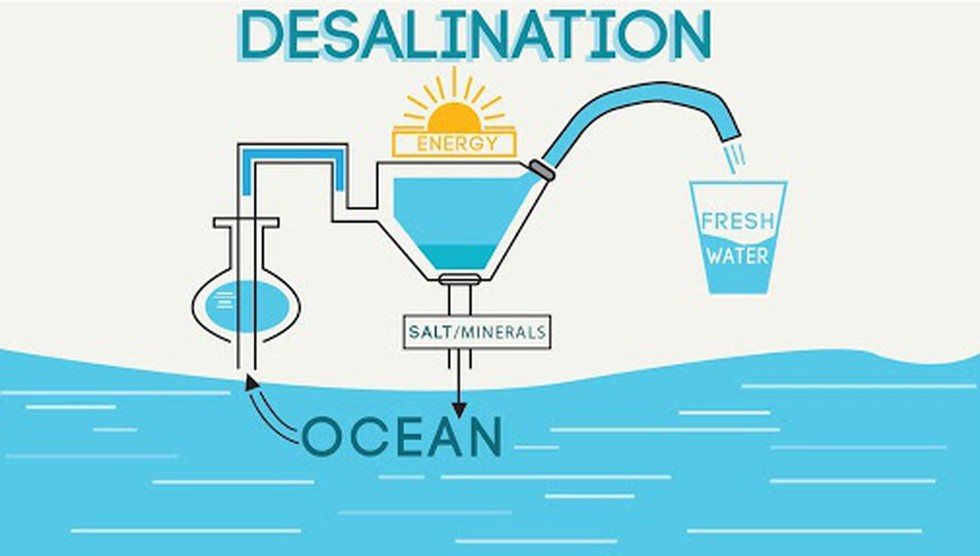Working:
- A desalination plant turns salt water into water that is fit to drink.
- The most commonly used technology used for the process is reverse osmosis where an external pressure is applied to push solvents from an area of high-solute concentration to an area of low-solute concentration through a membrane.
- The microscopic pores in the membranes allow water molecules through but leave salt and most other impurities behind, releasing clean water from the other side.
Challenges:
- Desalination is an expensive way of generating drinking water as it requires a high amount of energy.
- The other problem is the disposal of the by-product — highly concentrated brine — of the desalination process. While in most places brine is pumped back into the sea, there have been rising complaints that it ends up severely damaging the local ecology around the plant.
Global and Indian scenario:
- Worldwide, desalination is seen as one possible answer to stave off water crisis. These plants are mostly set up in areas that have access to sea water.
- Desalination has largely been limited to affluent countries in the Middle East and has recently started making inroads in parts of the United States and Australia.
- In India, Tamil Nadu has been the pioneer in using this technology, setting up two desalination plants near Chennai in 2010 and then 2013.
- The other states that have proposed these plants are Gujarat and Andhra Pradesh.
- In November 2020, Maharashtra announced the setting up of a desalination plant in Mumbai, becoming the fourth state in the country to experiment with the idea.
